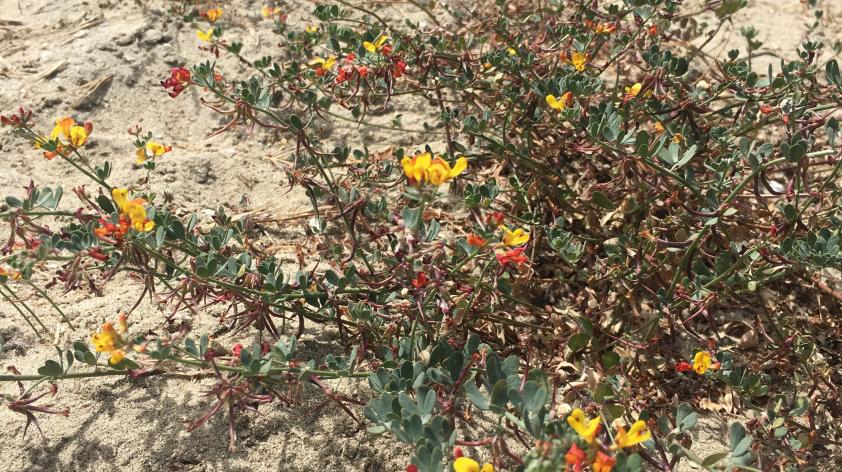
California Plant Rescue
Earlier this year I wrote a piece discussing San Diego Zoo Global’s Native Plant Seed Bank, and our involvement in the California Plant Rescue (CaPR) project. To read more about the goals of the project, and progress we made in 2015, click here: http://zoonooz.sandiegozoo.org/2016/01/29/saving-san-diegos-rarest-plant-species/
We’ve had another great year so far in 2016! In the coming months I’ll be highlighting many of the rare plant species that we have been conserving as active participants of CaPR. We’ve made many important seed collections already in 2016, and will continue to actively collect through the early fall. When this collecting year comes to a close we will have conserved seed for long-term storage and research from more than 30 of San Diego’s rare plant populations! The following are a few species that we targeted this spring.
Ceanothus verrucosus is known as the Wart-stemmed Lilac and is vulnerable to extinction. It is endemic to coastal San Diego County and northern Baja California where it grows in Coastal Sage Scrub habitat. This habitat has been largely developed throughout San Diego County, and populations of this beautiful shrub are now sparsely scattered. We made two seed collections this year from separate populations around the Del Mar area.
Dudleya variegata is known as Varigated Dudleya and is endemic to San Diego County and northern Baja California. This species is imperiled throughout its small range, threated by land development, grazing, and invasive weeds. This tiny plant displays bright yellow flowers in spring, but is easily overlooked when not in flower. I’m excited to report that we made seed collections from four separate populations this year, from as far north as Miramar, south to the Otay area.
Acmispon prostratus is known as Nuttall’s or Prostrate Lotus. This plant is critically imperiled. It occurs exclusively in San Diego County and northern Baja California on coastal sand habitat. This habitat is extensively developed, and continuously trampled by beach-goers, making establishment of new individuals or populations nearly impossible without limiting access to these very popular areas. We made two separate seed collections from populations in protected areas around Mission Beach and Ocean Beach.
By making these seed collections, and then cleaning, drying, and freezing them for long-term storage, we are essentially creating a contingency plan. Any number of issues from natural disasters and disease, to climate change and human development, could lead to the rapid extinction of these populations. The Native Plant Seed Bank is insuring the possibility of resurrecting these populations should something occur, and conserving the genetic diversity of these species, which may be lost should population size dwindle. Stay tuned for an update on rare species we’ve conserved around Otay Mountain, and others throughout our amazingly biodiverse county.













